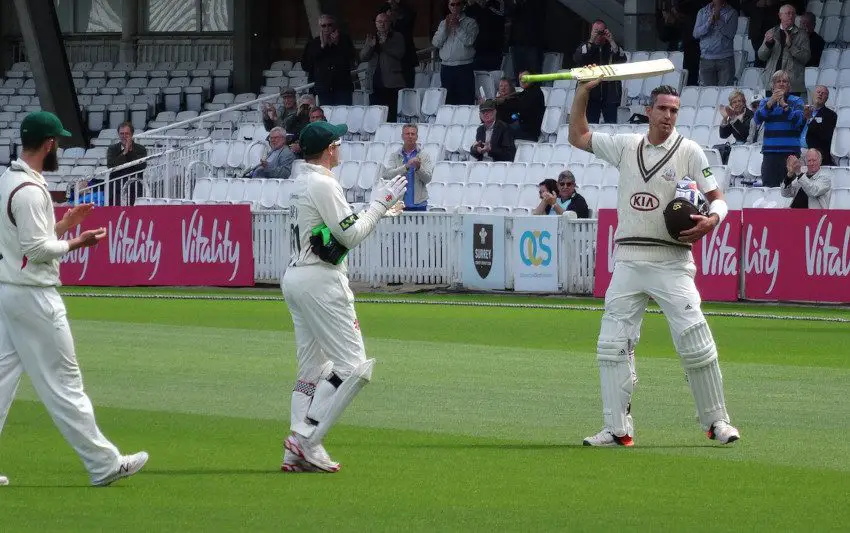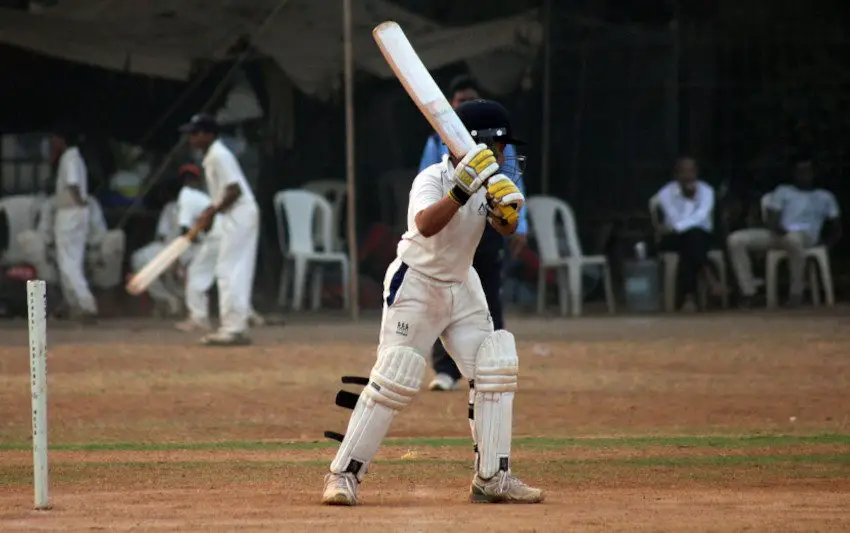Table of Contents
With runs so vital in the modern day game, it’s a fundamental skill for today’s cricketers to be quick between the wickets and sharp in the field, but who are the fastest runners of them all?
10 Fastest Runners in Cricket
1. MS Dhoni (India)
India’s inspirational captain MS Dhoni is at the very top of this list. All of his time in the army has clearly paid off but it’s said that he is blessed with a natural ability. Those close to the game say that MSD doesn’t spend a lot of time at the gym so his speed is quite remarkable. As a batter, he uses that speed to generate great pace between the wickets.
Of course, when his team is in the field, wicket keeper Dhoni can conserve his energy behind the stumps.
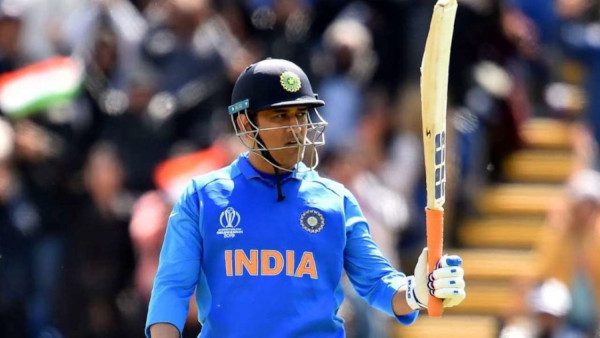
2. AB de Villiers (South Africa)
Another man who spent much of his career as a wicket keeper is AB De Villiers, who slots in at number two in this list. He is very much a modern batsman with his innovations, and he’s broken a number of records for fastest scores in all forms of cricket.
Part of his success clearly lies in the speed and acceleration that he gains between the wickets. He’s retired now but remains close to the game, so AB keeps his place on our list of current players.
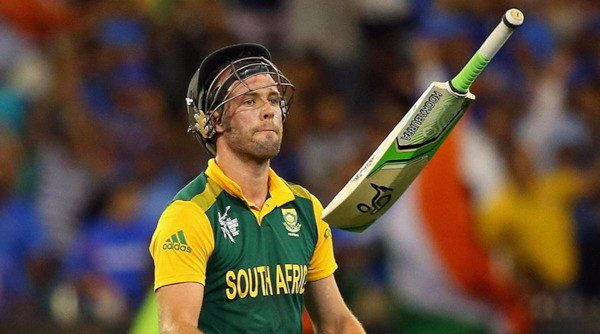
3. Jonty Rhodes (South Africa)
Jonty Rhodes was like lightning in the field, and he had supreme pace between the wickets too. Like his compatriot AB De Villiers, Rhodes was another innovative batter who was one of the first to use some of the expansive shots that have made their way into the modern game.
It’s no exaggeration to say that Rhodes’ pace was close to that of an international sprinter, and he was one of those players who revolutionized the way batsmen approached their innings.
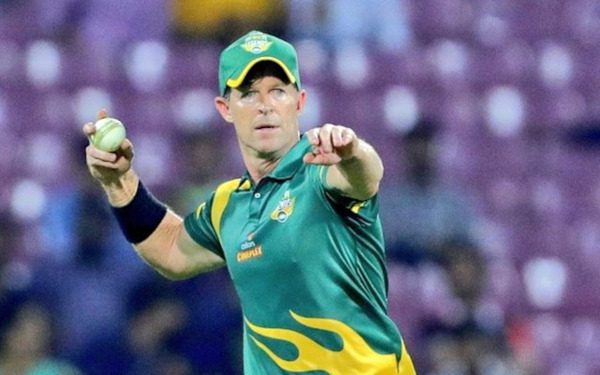
4. Ravindra Jadeja (India)
Another brilliant all rounder, India’s Ravindra Jadeja is primarily known as a left arm spinner who makes useful runs with the bat. That’s a little unfair when you consider that he’s made a test century and has scored triple hundreds in the Ranji Trophy.
Jadeja uses his lightning speed between the wickets to maximise his run scoring and is considered to be one of the most agile players in the Indian international squad.
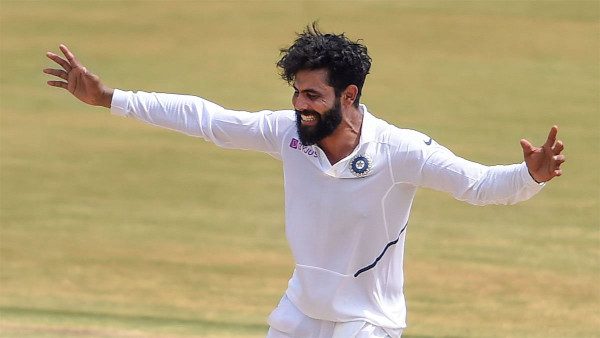
5. Virat Kohli (India)
Of those players who is still involved at an international level, India’s Virat Kohli is considered to be the fastest of them all. He is a captain who likes to lead by example with the bat and, as part of that ethos, Kohli is incredibly fast between the wickets.
He’s always looking to put pressure on the fielding side by running the first one quickly and turning instantly with a view to adding a second. In modern day limited overs cricket, every run counts, and it’s always a bonus to have the speedy Virat Kohli in your team.
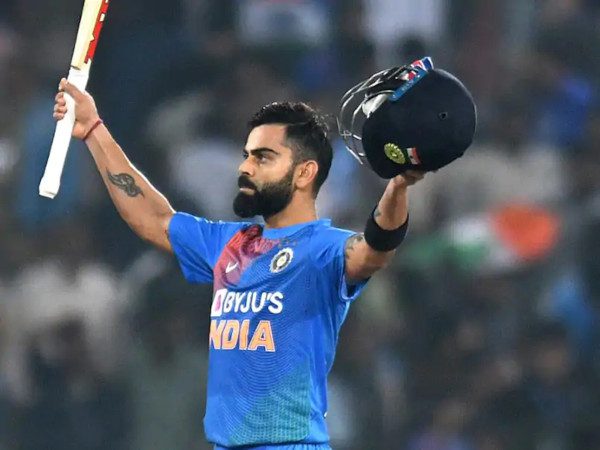
6. David Warner (Australia)
Left handed batsman David Warner is known for his explosive hitting, and that can mean that his speed between the wickets is frequently overlooked. It’s often said that he is one of the best judges of a run and will seldom be involved in a mix up with his batting partner. If there is any danger of a run out, his speed will likely negate the threat.
That judgement is a useful quality to have on the vast cricket fields in Australia. He makes big runs and, while that power hitting is a massive part of his game, Warner’s pace between the wickets helps to maximise those high individual scores.
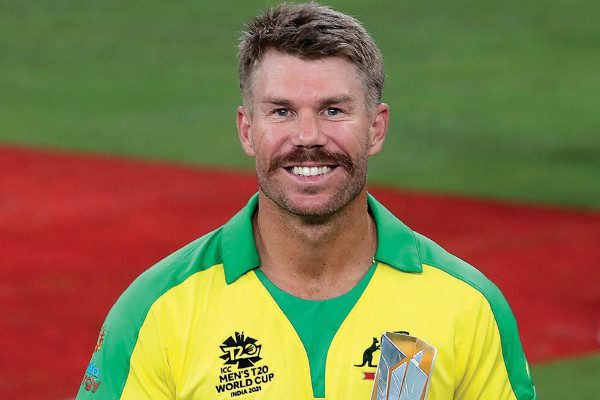
7. Mohammad Kaif (India)
India have been one of the most effective forces in limited overs cricket, and that could be down to the speed of their batsmen. Another Indian entry on this list is Mohammad Kaif, who retired from cricket in 2017 and he leaves the game with the reputation of being one of the fastest cricketers of all time.
Kaif is credited with being a man who set a new standard in terms of athleticism in the field and between the wickets. He may not have been the most talented cricketer of his generation, but he played 138 times for India, and that speed helped to make him something of a one day specialist.
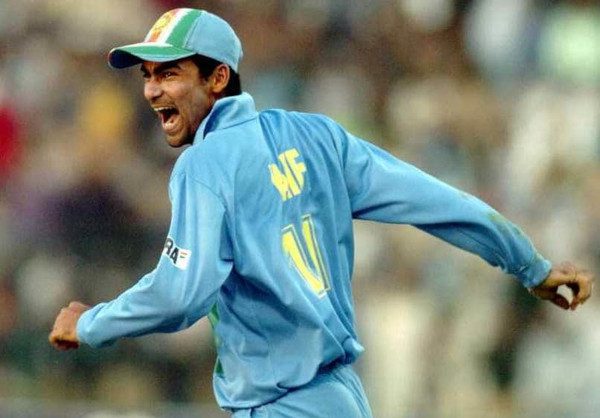
8. Brendon McCullum (New Zealand)
Like Virat Kohli, New Zealand’s Brendon McCullum was another captain who liked to lead by example. He began his career as a wicket keeper but, when he went into the outfield later on, he could be lightning fast around the boundary.
McCullum was another power hitter who could comfortably clear the boundary in all forms of the game but his high scores were boosted by his incredible speed between the wickets.
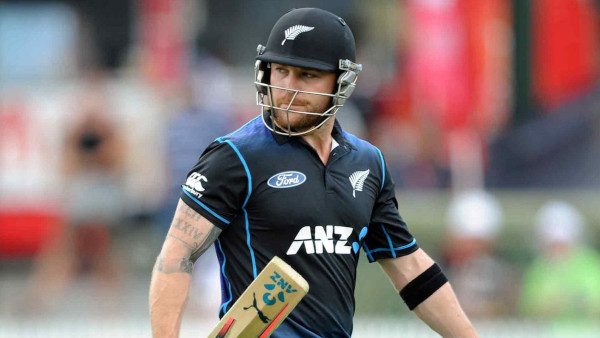
9. Ricky Ponting (Australia)
Former Australian captain Ricky Ponting was such a great batsman that it’s easy to forget that he was one of the fastest cover fielders in cricket. In fact, when he was struggling for runs in the early stages of his international career, it was that speed that helped him keep his place in the side.
When batting, he could also accelerate between the wickets, and that assisted Ponting’s incredible record of 27,483 international runs.

10. Martin Guptill (New Zealand)
Martin Guptill is one of the fastest men around the boundary in world cricket. He can often be found at long on as he has a safe pair of hands, but he can also keep the runs down when the opposition keeps the ball on the ground.
He brings that approach to speed across into his batting, and that’s why Guptill was one of the batsmen chosen to face the Super Over in the 2019 World Cup final against England. He couldn’t quite get his team across the line there, but he remains one of the fastest men between the wickets.
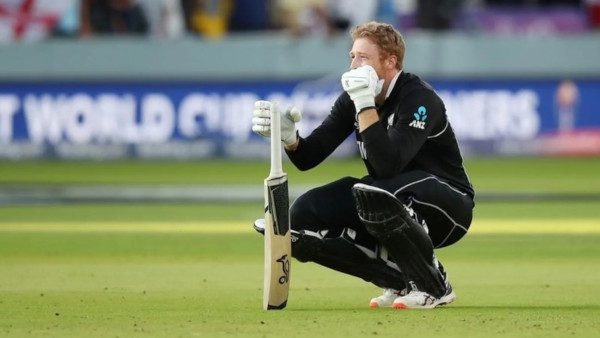
Also-Rans: Other Fast Runners Between the Wickets
While these men make up the top ten of fastest runners in world cricket, there are many others who are close to breaking into the elite list. In no particular order, the supplementary list would include:
- Kane Williamson
- Kieron Pollard
- Inzamam ul Haq
- Steve Smith
- JP Duminy
- Robin Singh
- Michael Bevan
- Mahela Jayawardena
- Andrew Symonds
- Herschelle Gibbs
- Dwayne Bravo
Each of them has played an important role, both in the field and between the wickets where their speed can change a match in an instant.
If you are an amateur or club cricketer, you should also try to maximise your runs by being as fast as possible between the wickets.
What is the Benefit of Being a Fast Runner in Cricket?
If you are naturally fast, you will have an advantage in all three of cricket’s main disciplines. If you want to bowl quickly, that extra speed will help with your run up into the crease, and the momentum will help you to deliver a faster ball. Spinners also need some momentum, even if the ball is coming down at a slower pace.
In the field, pace and acceleration will help you get to the ball more quickly. If you’re in the ring saving a single, batters will learn that you have that extra pace, and they won’t take any risks when running between the wickets. Your speed can also help you catch up with the ball as it’s hit past the infield and is making its way towards the boundary.
Batters will also benefit from having pace as they spend a lot of their time running between the wickets. That speed could help them turn a single into two runs.
Many games, especially those in limited overs cricket, are won by fine margins. The 2019 World Cup final, which finished with scores tied after a super over, is a great example. An extra run earned or saved during the main part of the match could have changed the destiny of that game.
Being a fast runner will, therefore have advantages in cricket, and whatever your role is in the side, that pace can make a real difference.
Are Today’s Cricketers Faster Than Their Predecessors?
While there are no official measurements available, it’s probably safe to assume that today’s cricketers are much faster than those of the past. You only have to watch old footage of old test matches to make that conclusion.
Fielders rarely dived to stop the ball or slide to prevent it from going over the boundary. They were more likely to conserve energy and stick a boot down. Running between the wickets was also more leisurely than it is today. Pace bowlers might argue that they were just as fast into the crease, and they may have a point. Unfortunately, with no accurate measurements, we can’t back up or refute those claims.
In the same way that athletes record faster speeds today than in the past, we can safely claim that today’s cricketers are also quicker than their predecessors.
Conclusion: The Need For Speed
While most of us can never hope to be as fast, or as talented, as the players on this list, adding some extra pace can help with any aspect of your game. Sprinting across the field to save a boundary can be vital in terms of keeping the opposition’s runs down. While your batting, some extra pace could help turn a potential run out situation into a comfortable single.
Then we have bowlers and the extra pace they generate through the speed of their run up. It can all make a difference to your game, so look at training and exercises that could help you gain some additional yards.

